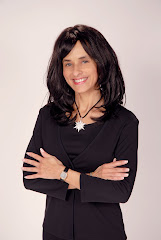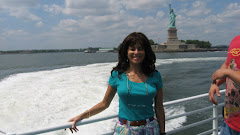.JPG)
.JPG)
.JPG)
.JPG)
.JPG)
.JPG)
.JPG)
This was our last port of call on our 7-country itinerary. I decided to take the NCL Stockholm by Land & Sea Tour (my 1st ship tour) because the logistics of going to Stockholm (using buses and trains) are complicated and time-consuming.
I met the group at 7:30AM for our 25 minute tender to the port of Nynashamn. From there, we took an hour drive to the city of Stockholm.
Stockholm is a beautiful city on 14 islands linked by 40 bridges. We began our day at The Royal Palace where we saw the changing of the guards. Then, we took a walking tour of Gamla Stan, the historic old town with cobblestone streets and buildings dating back 500 years. The narrow streets brim with bookstores and antiques and souvenir shops, and medieval cellars are now restaurants and cafés. The streets are so narrow that bicycles could barely pass through. The Noble Museum (of Noble Prize fame is located here).
I munched on a muffin and banana I brought from the ship (for lunch).
Next, the coach took us to another island to see Stockholm’s most popular museum, The Vasa Museum. The warship Vasa was the pride of the Swedish Navy. Commissioned by the King to hold two floors of guns, its maiden voyage was to be a celebration for the entire city. Instead, minutes into the voyage, it sank to the bottom of the harbor. It was 333 years before it was salvaged by a determined archeologist. The whole lifting of the Vasa in 1961, was televised live for the world to witness. More than 1200 objects including weapons, shoes, pottery, and tools. It is considered to be one of the most important events in marine archeology. I watched a 25 minute film on the lifting of the Vasa. I wish we had more time to explore this engaging interactive (new:1990) museum.
We completed our tour with a boat cruise along Stockholm’s picturesque waterways. The weather and sites were perfect!
I was impressed to read that Sweden is one of the most generous countries in the world, donating billions in monetary aid and training to nations in need as well as rewarding achievements in science, literature, medicine, and world peace. Her economy is considered Europe’s 2nd most competitive behind Denmark’s. Sweden is so aggressively developing renewable energy that it hopes to be petroleum-free by 2020.
Stockholm is clean, modern, and the people are very pleasant. Yes, they are very blonde.












.jpg)
.jpg)









.jpg)
.jpg)



